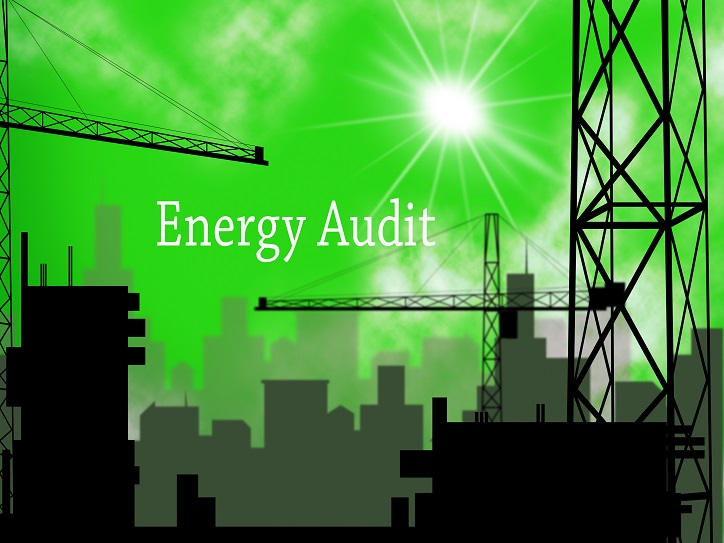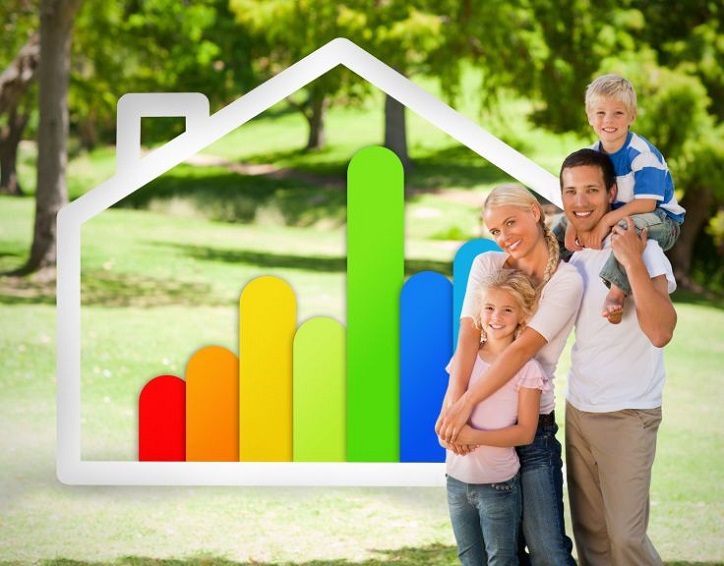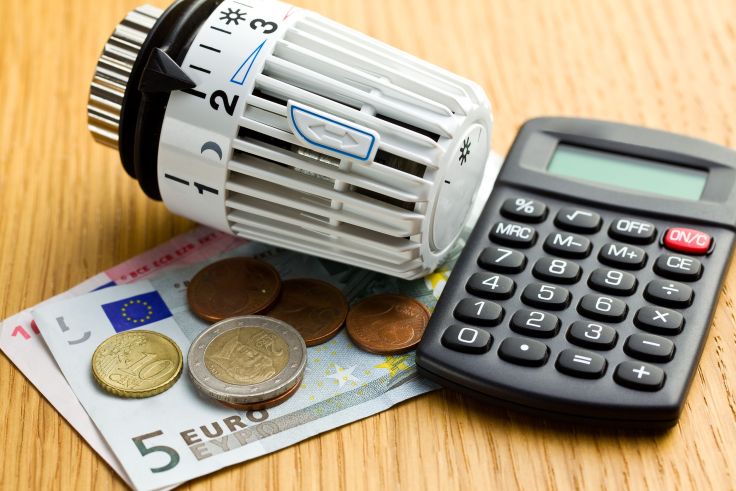How Energy Rating Assessment Helps You Meet the Building Energy Codes & Perfect Retail Price?

Whether you want to own a property or sell at the perfect retail price, you need to have a deeper understanding of the eco-friendly, sustainable building.
Based on the home architecture, design, geographical location, construction materials, the Nationwide House Energy Rating Scheme (NatHERS) provides energy efficiency star rating from 1 to 10. And according to the National Construction Code, all new Australian buildings and residents must meet the minimum 6-star energy rating requirements.
This article provides some aspects of residential energy rating assessment that may be beneficial to assess the property’s energy cost estimation before stepping outside for the retail market of buildings and houses.
What exactly is a building energy code?

Energy-efficient buildings offer energy, economic, and environmental advantages, reducing energy expenditures and environmental pollutants. Moreover, energy-efficient buildings also create many economic opportunities for business and industry with upgraded, efficient technologies.
But unfortunately, the marketplace does not guarantee energy-efficient design and guidelines where building owners can directly purchase eco-friendly materials and appliances for their buildings. When it comes to investing, homebuyers focus on the up-front costs rather than the continual operating costs.
The vast amount of money due to overconsumption of energy eventually gets passed onto consumers or tenants, eliminating any incentive for energy-efficient design and construction. This is when building energy code plays a vital role by outlining uniform requirements for buildings construction, design, additions, and renovations.
A building energy code is considered as a performance-based guideline for building designers. In light of resolving common environmental concerns like energy overconsumption, economic challenges, and uncontrollable utility bulls, building energy codes are the essential component of sound investment value, public service policy, and the overall economy. The energy codes are generally adopted and enforced by states or local governments for their jurisdictions.
These architects help to influence restructuring the energy-efficient design freedom that involves energy simulations and tradeoffs from the infrastructural system to the rest. In other words, energy codes are a subset of building codes, and code-built buildings are more eco-friendly, sustainable, and cost-effective to operate in the long run.
How an Energy Efficiency Assessment is Associated with Building Energy Codes?
An energy efficiency assessment is structured to review your resident’s energy usage and provide strategies to improve efficiency. The energy efficiency assessment measures all the energy-specific concerns like energy intensity, total energy consumption, thermal efficiency, diffusion of specific energy-saving technology, and so on. Considering environmental, social, and economic returns- the assessment, including analysis, audits, and star rates, can help you to evaluate the feasibility of specific, identified energy efficiency improvements by saving your operating cost and boosting productivity.
A comprehensive energy efficiency assessment could also delve into benchmarking performance metrics such as production output versus energy use- to check how processes or business units are performing. It may also include checking past energy billing data and keeping the track record of energy usage in your residence at different periods of the day, week, month, or season.
The National Construction Code requires that all new buildings and extensions are energy efficient. If you’re building a new house, townhouse, apartment complex, or planning an extension of your current home, you’ll need a certificate that says it complies with the Code.
With the association of building-specific energy codes, this code sets efficiency requirements for new construction and renovations, with provided manual regarding energy savings and emissions reductions over the life span of residential and commercial buildings. Emergency efficiency assessments run by experts help the house owners a thorough and elaborate understanding of their home’s energy efficiency with star rates.
Benefits of Energy Rating Assessment in Residents

Detailed Property Inspection
Energy rating assessment in residents is a quantifiable procedure with an end-to-end property inspection and improving its viability as an energy-efficient property before moving it to the retail property market.
The comprehensive inspection includes-
- Location – climate zone
- Orientation – concerning north
- Building materials – floor type, wall type, roof type
- Windows/glazing – size/location/frame material/glass type
- Insulation – ceiling/roof/wall/floor including type, thickness
- Exterior finish – roof and wall colours
- Ventilation – size, and placement
- Ceiling fans – size and placement
- Lighting – natural/ energy consuming
Cost-benefit Analysis

Cost-benefit analysis is a vital part of energy efficiency assessments for both the retailers and residents. The energy efficiency assessment and rating scales explore all the scopes and possibilities of maximising a property’s energy productivity and associated cost reduction without compromising property integrity. This assessment also recommends cost-effective customisation and on-site modification before retail market placement as well.
Reducing Electricity Consumption
The most obvious justification for energy efficiency assessment in residents is a way of reducing the electricity cost. An energy rating assessment can help residents with revealing how house structure and individual household appliances consume energy along with specific methods for reducing phantom electrical loads and achieving 6-star energy rating. These effective methods involve programmable thermostat installation, motion-sensor light switches implementation, solar energy usage and so on.
Eco-friendly, Sustainable Building

As one of the most coal-dependent countries, Australia has been prioritising sustainable, obligatory renewable energy more than ever. On that standpoint, eco-friendliness and sustainability are two of the most accommodating labels, especially on the retail market place for properties even more than high-end estates. So energy rating assessments and labels ensure the optimal quality for your overall construction site and building sustainability. As the weather and topographical changes have long-term impacts on energy efficiency value, energy rating codes exhibit flexibility and better control over site and surroundings.
An energy rating assessment helps the homeowner and builders with a concise approach towards their counterparts through and through. To strengthen your property value in the market place without making many structural alternations or to skyrocket the selling price, having an energy rating assessment and meeting the required energy code has no better substitute.


